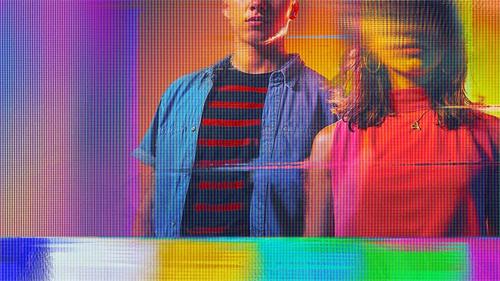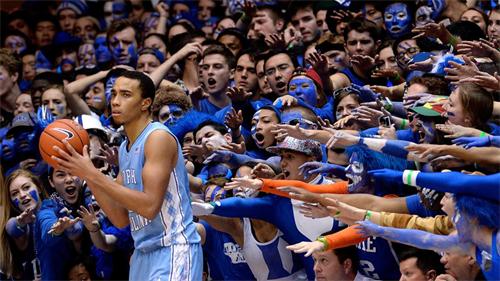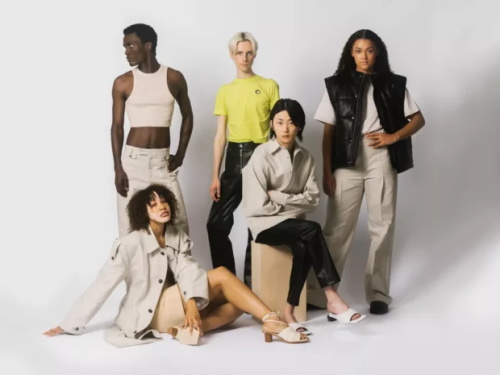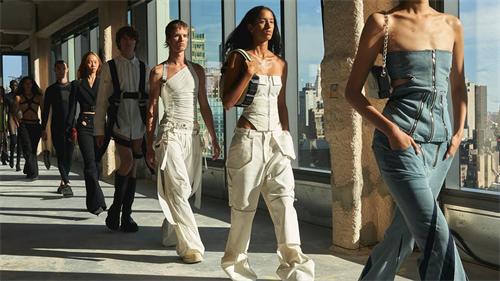The Secret Language of Celebrity Paparazzi Photos: Staged or Spontaneous?
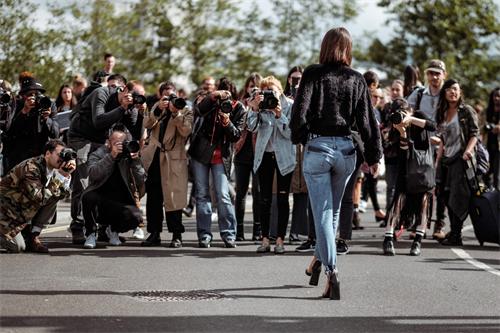
Behind the glamorous façade of the entertainment industry lies a unique group of professionals who navigate between the spotlight and the shadows—the paparazzi. Armed with long lenses and stealthy tactics, they roam airports, streets, and hotel entrances, capturing the “real” side of celebrities. But behind these photos, is it really all accidental and candid, or are some of them carefully staged? Are the paparazzi and celebrities truly at odds, as the public often imagines?
The term “paparazzi” originated in the 1950s, inspired by Italian photographer Pignoli Paparazzo and his colleagues, who became known for secretly photographing celebrities in their private lives. Their work sparked public and media interest in this emerging profession.
In 1960, Italian director Federico Fellini brought this phenomenon to the screen with his film ‘La Dolce Vita’, featuring a character named “Paparazzo”—a journalist who specialized in photographing celebrity scandals. The film was a box office hit and the term “paparazzi” quickly gained worldwide recognition, becoming synonymous with photographers who stalk and snap photos of celebrities. Fellini further solidified the term’s cultural significance by creating a similar character in his 1963 film ‘8½’.
These days, paparazzi work has become a large-scale business, highlighting the strong pull of celebrity news and the public’s relentless fascination with stars’ personal lives.
First, the rise of social media and the internet has dramatically accelerated the speed of information dissemination. A single candid or scandalous shot of a celebrity can go viral within hours, generating massive traffic and ad revenue. Paparazzi photos have become “golden content” for websites and media outlets eager for attention.
Second, the high degree of commercialization in the entertainment world has created fertile ground for the paparazzi business. In today’s traffic-driven landscape, exposure is a valuable asset. Some celebrities even choose to “cooperate” with paparazzi—deliberately leaking their whereabouts or staging rumors—to maintain media attention. What appears to be a hostile dynamic is in fact a mutually beneficial partnership, making paparazzi an integral link in the celebrity industry ecosystem.
Although celebrities often express frustration at having their privacy invaded, the relationship between them and the paparazzi is far more complex than it appears. As the saying goes in the industry: “If you don’t have a scandal, you’re not making headlines.” In our era of information overload, visibility and buzz are closely tied to opportunities and relevance, making publicity an essential strategy for staying in the spotlight.
For paparazzi, celebrities are the lifeblood of their profession. For celebrities, the camera—even if intrusive—can at times serve as a marketing tool. This love-hate dynamic sustains a hidden network of information exchange, commercial dealings, and public interest.
The “secret language” behind celebrity photos is often more than just exposure. It could be a carefully choreographed “performance,” or a genuine glimpse into everyday life. The relationship between paparazzi and celebrities is an invisible tug-of-war—tense, yet inseparable. In an age where attention often trumps truth, the symbiosis between the two is quietly shaping the “reality” of entertainment as we know it.
RECOMMEND FO YOU
